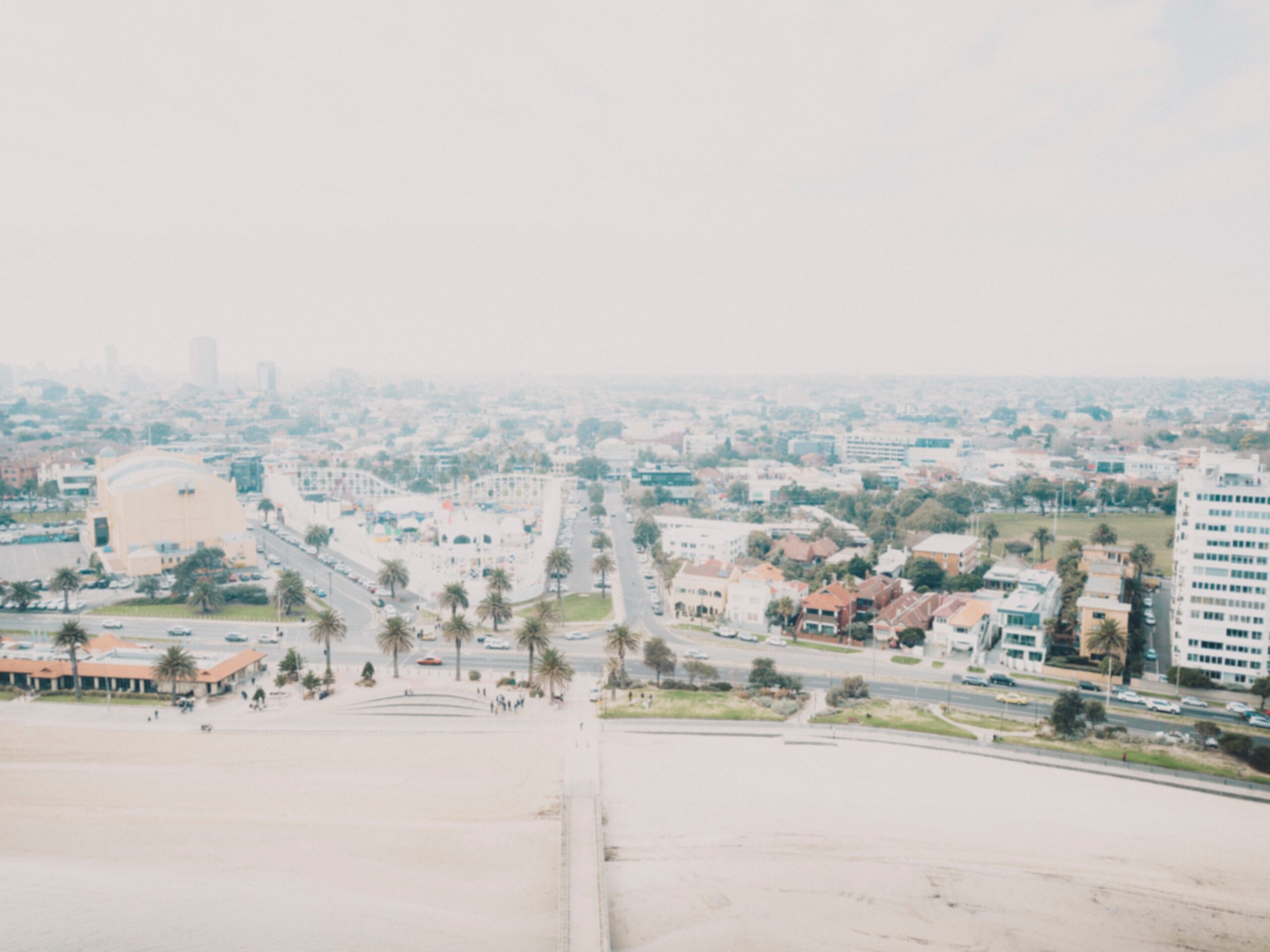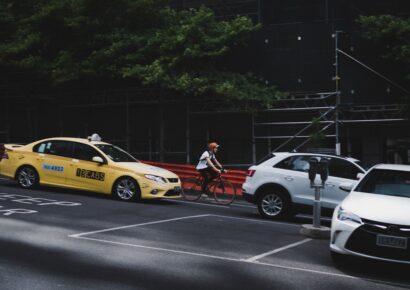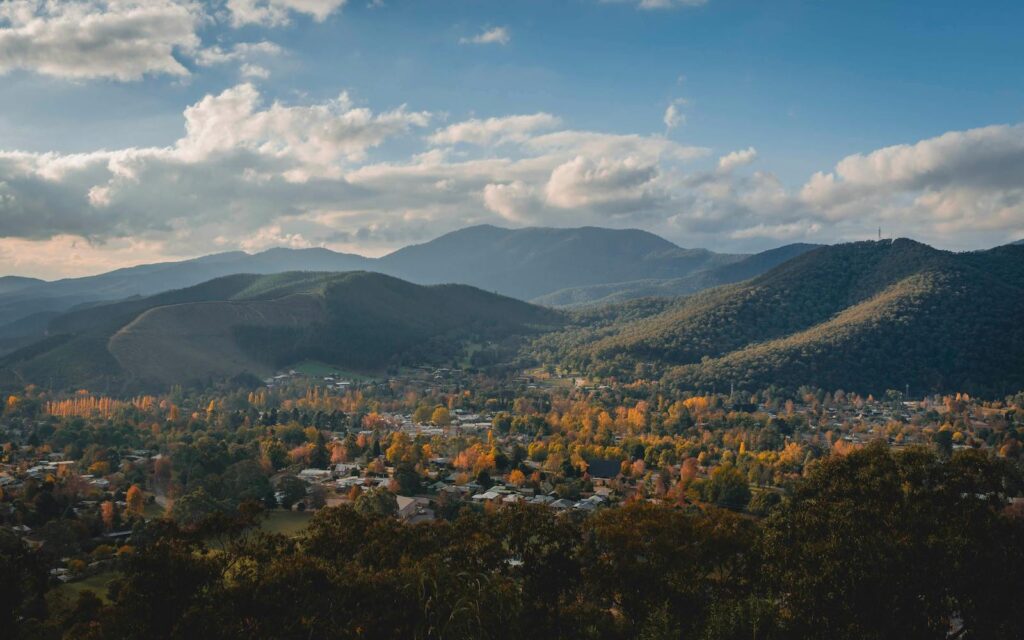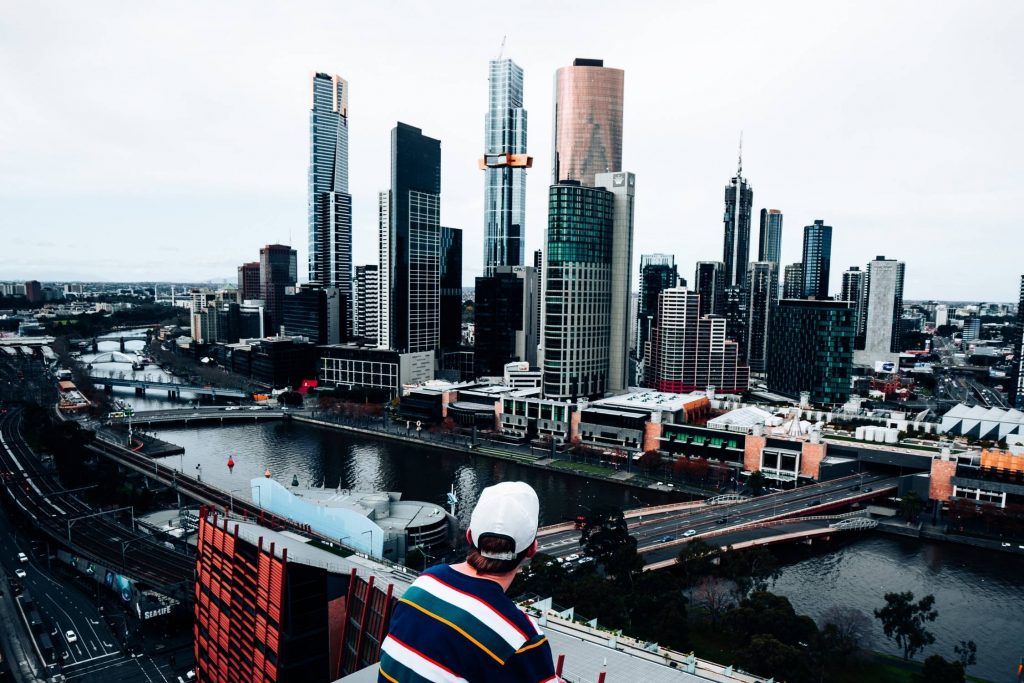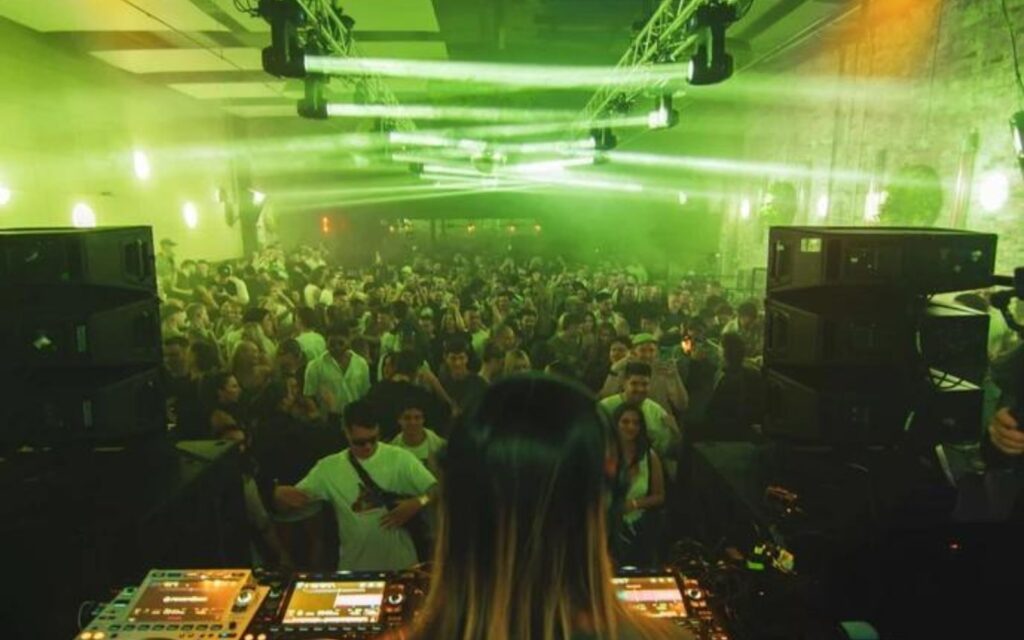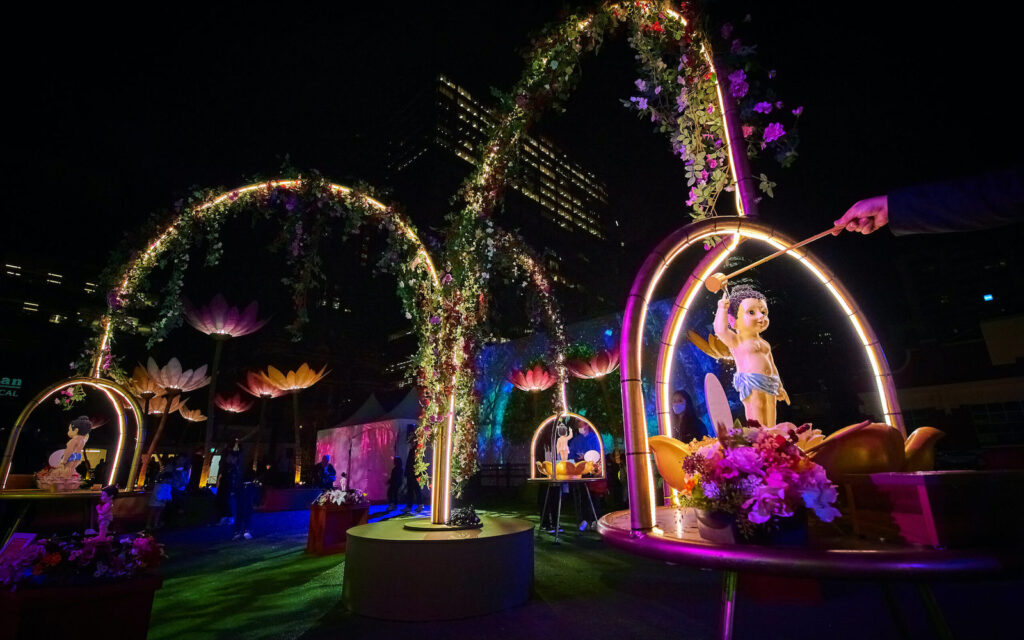A survey of more than 10,000 people from across Australia by Flatmates.com.au has found 48% of sharehouse renters can't afford a place of their own...although even that sounds conservative.
“Australians are looking for new ways to navigate the rental crisis and tackle the rising cost of living,” says Flatmates.com.au community manager Claudia Conley. “Over the past year, our audience has grown in size and diversity, and with the peak season for share accommodation at our doorstep, we expect demand for share house living to grow.”
“Share accommodation is a long-term and legitimate way to live for many Australians, and until more homes are built to keep up with the demand for rentals, we expect share accommodation to remain popular.”
Melbourne’s 10 most expensive median room rentals
St Kilda – $490
Armadale – $400
Collingwood – $400
Prahran – $400
St Kilda East – $400
East Melbourne – $380
Carlton – $375
Docklands – $375
Melbourne – $370
Port Melbourne – $370
Keep up with the latest music news, features, festivals, interviews and reviews here.
The history of rental costs in Melbourne is a dynamic tale that reflects the city’s growth, economic shifts, and the ever-evolving real estate landscape. Melbourne, the capital of the state of Victoria in Australia, has witnessed substantial changes in rental prices over the decades, influenced by factors such as population growth, economic booms, and fluctuations in demand and supply.
In the mid-20th century, Melbourne experienced a surge in population, driven by immigration and industrial development. This influx of people created a heightened demand for housing, leading to an increase in rental costs. Suburban areas witnessed a particularly pronounced rise in rents as families sought affordable homes outside the central business district.
The 1980s and 1990s brought about economic restructuring, with Melbourne transitioning from a manufacturing-based economy to a more diversified one, emphasizing services and technology. This period also marked a shift in the real estate market. The demand for inner-city living grew, and as a result, rental costs in Melbourne’s central areas soared. The rise of the knowledge economy and the city’s cultural renaissance played a pivotal role in attracting young professionals, students, and artists, further influencing the rental market.
The early 2000s saw Melbourne consistently ranked as one of the most livable cities globally, fueling a continued influx of residents. This desirability, however, came at a price, with rental costs remaining relatively high, especially in sought-after neighborhoods. The real estate boom during this period, driven by low-interest rates and increased investor activity, contributed to the overall rise in property values and, consequently, rental prices.
The city faced a turning point during the global financial crisis of 2008, which led to a temporary slowdown in the real estate market. Rental costs, while still high, experienced a brief period of stabilization as economic uncertainties influenced housing decisions. However, Melbourne quickly rebounded, with subsequent years witnessing a resurgence in property values and a renewed upward trajectory in rental prices.
In recent years, Melbourne has grappled with housing affordability challenges, prompting government interventions and policy initiatives to address the issue. Efforts to increase housing supply, coupled with measures to support affordable housing options, aim to create a more balanced rental market.
Check out the latest government rental prices report here.
